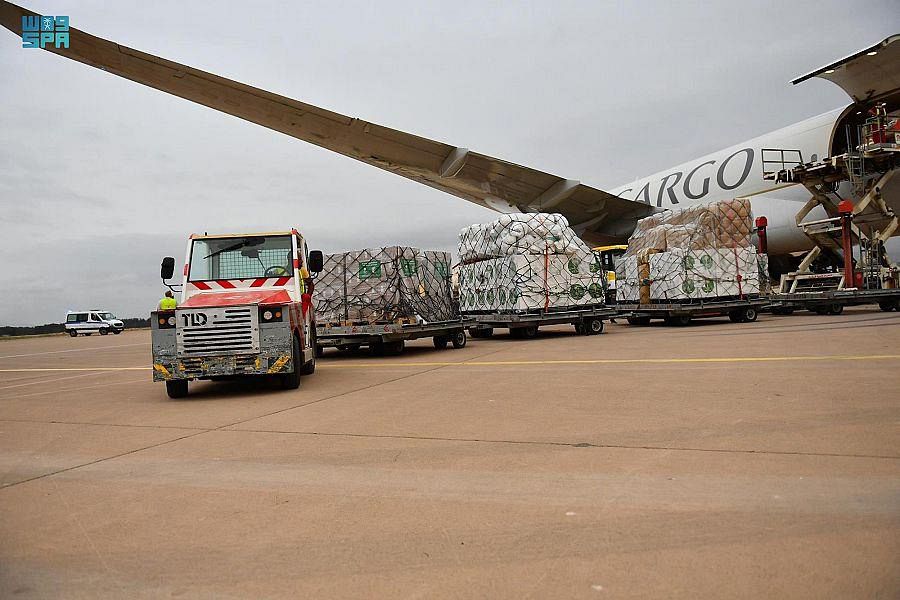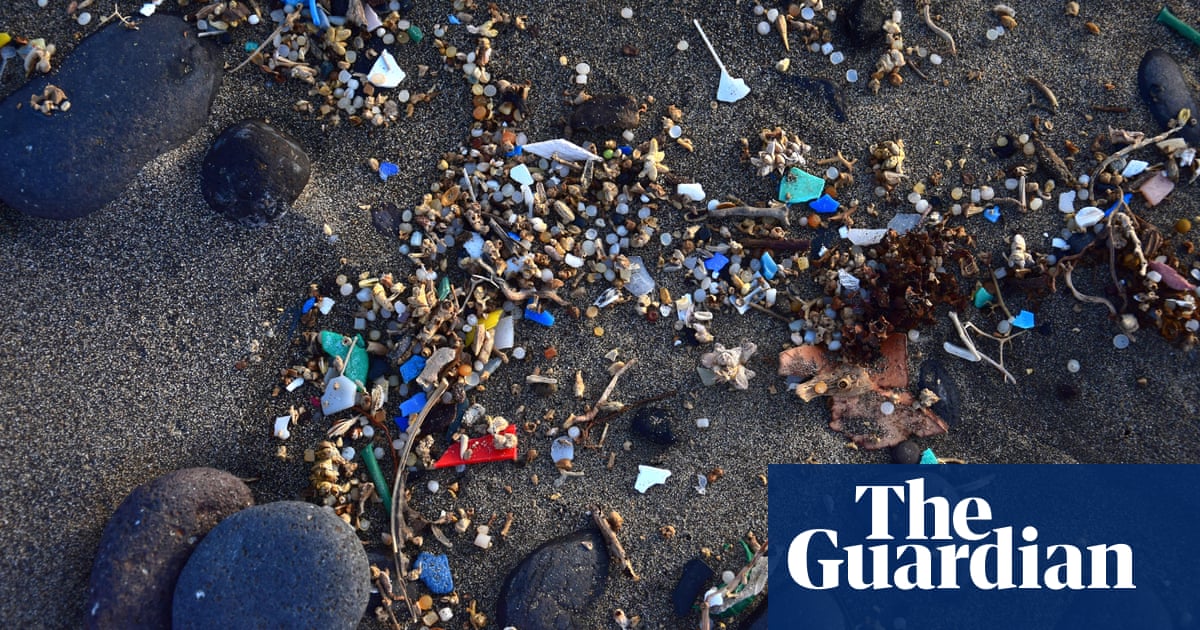
VIENNA — The images of swaths of garbage floating on the oceans’ surface have become a rallying call to address plastic pollution, but there is more to this challenge than meets the eye.
While plastics and microplastics — items smaller than 5 mm — accumulate and impact marine environments, much of the problem is rooted in land contamination.
Land-based plastic pollution, which often feeds into the oceans, is estimated to be at least four times higher than what is in the oceans, according to a study published in Global Change Biology.
To tackle this growing challenge, the IAEA is launching a coordinated research project to tackle land-based plastic contamination.
“Soil is the main source of microplastics reaching oceans through soil erosion and surface runoff,” said Nanthi Bolan, professor of Environmental Chemistry at the University of Newcastle, Australia, and co-author of a recently published study on microplastics in soils.
“Soil plays an important role in the transformation of contaminants and their subsequent transfer to other environmental compartments, including the ocean with microplastics and the atmosphere with emissions, such as nitrous oxide.”
Plastics settle in soil through disposal in landfills, as well as through the use of plastic-sheets in agriculture or application of microplastic contaminated compost.
“Direct disposal of plastics to ocean is relatively less pronounced compared to the transfer of microplastics from land. Microplastics, lighter than soil particles, such as sand, silt and clay, are easily lost to waterways,” Bolan added.
To help mitigate plastic pollution and its overall effects on the environment, living organisms and the food chain, the IAEA, in cooperation with the Food and Agriculture Organization of the United Nations (FAO), is launching research and development to study the fate of microplastics using nuclear techniques.
“Identifying the sources of microplastic pollution and creating awareness will go a long way in preventing the introduction of microplastics into the environment,” said Lee Heng, h of the Soil and Water Management and Crop Nutrition Subprogram at the Joint FAO/IAEA Centre of Nuclear Techniques in Food and Agriculture.
“Furthermore, understanding the behavioral mechanisms of plastics and associated contaminants will help determine the impacts on the environment and the potential of using microorganisms for the degradation of microplastics.”
In 2020, the IAEA acquired equipment for gas chromatography combustion isotope ratio mass spectrometry (GC-c-IRMS). One of its applications is the compound-specific stable isotope (CSSI) technique.
The technique will be used to examine the ability of various microbiota to degrade synthetic plastic substrates, Heng explained.
In addition to CSSI, the isotopic ratios of carbon will be used to study the greenhouse gas (GHG) emissions of microplastics. Plastic pollution is a source of carbon dioxide, methane and ethylene emissions — GHGs that exacerbate climate change.
“We contribute to plastic pollution through indiscriminate disposal of plastics in landfills and use of microbeads in cosmetics and microfibers in textiles. There are efforts to produce biodegradable plastics, which may provide some solution to plastic pollution, but bioplastic may not be the silver bullet to manage plastic pollution,” Bolan said.
Commonly used biodegradable bioplastics “retain their mechanical integrity under natural conditions, potentially causing physical harm if they are ingested by marine or terrestrial animals,” Bolan continued.
“The fate of biodegradable bioplastics in natural and engineered environments could be potentially problematic. Methane is a product of biodegradation in anaerobic environments in landfills.” These bioplastics, furthermore, require high temperatures, controlled aeration and humidity to degrade completely.
Microplastics in the food chain
Due to their small size, microplastics, especially nanoplastics resulting from the degradation of microplastic, can enter organisms’ internal organs, where they could potentially transfer contaminants attached to them.
These can include persistent organic pollutants, like polychlorinated biphenyls (PCBs), as well as trace metals like mercury and lead. The plastics and pollutants that accumulate on or in them enter the food chain and can eventually be transferred to humans, causing growing food safety concerns.
The Joint FAO/IAEA Centre’s laboratories are equipped to research the presence of microplastics in food.
“Techniques such as energy dispersive X-ray spectroscopy and infrared and Raman spectroscopy can be applied to screen for plastics in foods, enabling risk assessment and management,” said Andrew Cannavan, head of the Joint Centre’s Food and Environmental Protection Section.
The IAEA has the capability and instrumentation to develop and transfer analytical methods for plastic additives and constituents that are a problem due to plastic and microplastic pollution, he added. — SG










